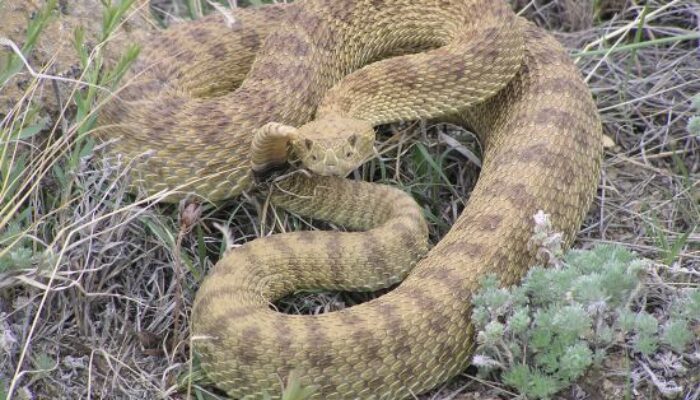
Introduction
There are always new things to learn about geology. Only today I discovered a stromatolite bed in a completely terrestrial setting. But behind any new discovery lies the logistic challenge in getting out into the field and, most importantly, staying safe. Over the years I have led many field trips and spent months in the field, mostly successful but with numerous hiccups along the way. In today’s blog I have tried to summarize the pitfalls that are lying in wait in the field. No one was hurt during the making of this article.
The Challenges of Dinosaur Provincial Park, Alberta
Every year I take 30 top students into the field in prime dinosaur country. Well, that is the idea, but one year four of the students were simply too hung over to even make it onto the bus. Repeated attempts to awaken them provide fruitless. Another year we waited an hour and a half for the coach to arrive – it turned out that the first driver assigned to us that day was fired for being late. Once we got going, all went well for 50 kilometres before the coach broke down, involving another long wait for a replacement.
- The replacement bus
- View of Dinosaur Provincial Park
- Beware snakes
- Prairie rattlesnake
- Small scorpion
The Park itself is spectacular, with 140 square kilometres of badlands. I usually do the introduction and safety review at the lookout point. When I got to the wildlife portion, a rattlesnake sidled out from beneath a rock right on cue. There are also scorpions in the Park, but their appearance is worse than their sting, which is similar to a mosquito sting. Bugs can be terrible in the badlands, with mosquitos, no see-ums and black flies to contend with. Lastly there is the heat – the day it turned 43 degrees (exacerbated by the sun reflecting off the rocks), the mayonnaise in everyone’s sandwiches curdled. Whew!
I should also mention Redcliff, the home of more Alberta badlands, but with a well defined resource, the Taber Coal Zone. Apparently, a fire started in an abandoned coal mine 70 years ago, and is still burning. We found out while we were walking across the outcrop and came across a flaming chasm. The fire follows underground coal seams and sporadically puts in an appearance at surface.
The cliffs at Redcliff (red due to lightning strikes; and a burning chasm seen in the field
More Wildlife and Plants
Geology often occurs in some way out settings. As we have seen in Dinosaur Provincial Park, snakes and scorpions are commonplace. When I worked in Borneo I saw a few green snakes hanging out in the tees. When I asked the locals about them, I was told that they were Green Tree snakes…oh, and very poisonous too. Closer to home, bears are frequently encountered in the field to the west of Calgary, including the black bear below, seen on a dam site earlier this year.
Plants come in many forms – in Alberta we have sneaky cacti that blend into the landscape as well as numerous prickly pears. In Borneo there were innocent looking grasses that would leave a wicked rash if you brushed past them. I found out the day I found a small mud diapir and tried to clean the vegetation off to get a photo. Then there is poison ivy, common in the eastern US, and the stinging nettle, which every overgrown quarry in the UK is full of.
Green tree snake or whipsnake (Ecologyasia.com) and a black bear seen 15 km west of Calgary
Love in the Field
Taking students into the field can be hazardous in more ways than meets the eye. I led a student palaeontology field trip for Imperial College to Oxfordshire, UK, back in 2008. The first boo boo came when we stopped at a Little Chef (classic British motorway café) for breakfast and I shook up the ketchup, only to see the end of the bottle come off and coat one of the students with sauce. At the first outcrop, a deep pool of weathered Liassic mudstone claimed the wellington boots of two more students. The biggest surprise came later, when two of the students disappeared for some canoodling while we were visiting Duns Dew Quarry. They later emerged from the bushes carrying a peace offering, samples of complete fossil crinoids from a previously unknown crinoid bed, much to the delight of the Oxford University Museum.
Duns Tew Quarry and the crinoid bed
On another tangent completely, I led a small field trip to the Isle of Sheppey, where exposures of the London Clay in the Thames Estuary yield stunning vertebrate fossils. We were walking along the beach when a nightmare unfolded before us. A dead body lay half covered by seaweed. I slowly pulled the vegetation away only to find that the body was actually an inflatable doll, with a cheeky smile.
Mock up of the situation facing us at Sheppey
Shenanigans in South Africa
I worked in gold and platinum mining in South Africa for five years. There are too many stories to tell but one time I was looking after the manager’s house while he was on vacation. His maid called the office in a panic, but I couldn’t understand her rapid Afrikaans. When I got back to the house, a 6 metre long python had come down from the hills and eaten the dog. Catching the snake and taking it to a kids’ birthday party in the valley before releasing it was a mistake. Another snake, a black mamba, swam past me while I was taking a swim in the river running across our property.

 After drilling a “dry hole”, which flowed water but did not indicate commercial platinum reserves, I went to see the King of Lebowa, one of the homelands, to gift him the well for his people. He kept me waiting for two days before finally agreeing to see me. Another time we invited the witch doctor to dowse for water before drilling an exploration well – he had a much better success rate than the western drillers. On the same well, the driller set up a system of pipes stretching down the hill to pipe water to the rig. When the weight of pipes became too much, they started sliding down the hill, carrying the crazy driller with them. He was holding onto the pipe string to try and stop it escaping.
After drilling a “dry hole”, which flowed water but did not indicate commercial platinum reserves, I went to see the King of Lebowa, one of the homelands, to gift him the well for his people. He kept me waiting for two days before finally agreeing to see me. Another time we invited the witch doctor to dowse for water before drilling an exploration well – he had a much better success rate than the western drillers. On the same well, the driller set up a system of pipes stretching down the hill to pipe water to the rig. When the weight of pipes became too much, they started sliding down the hill, carrying the crazy driller with them. He was holding onto the pipe string to try and stop it escaping.
Me in my mining days; praying mantis
Life in the valley was idyllic, full of funny events like the monkeys stealing pieces of core while I was trying to log it. The core used to get covered by fallen leaves and one day I moved a twig only for it to fly up into my face – it was actually a praying mantis. Trips underground were always exciting, especially the day when I learned that the words for “hot” and “explosive” in the mine language are the same. This was as I approached a mine face wired up with explosives – run! Finally in this section, I would like to warn everyone to be beware of falling sausage fruit.
Sausage fruit are a real hazard!
More from Southeast Asia
I mentioned the green tree snake earlier, but Borneo in particular has its own hazards awaiting the unwary geologist. Do not stand close to the kerb when it is training. If a bus goes past, the spray will soak you from head to foot. Always watch if someone is filling up your vehicle as they may assume that its diesel unless it is a small sedan. Never leave your bag unguarded – it might get stolen, or friendly monkeys will happily share your lunch, uninvited. I also remember the time that I had to lie flat on the ground as a huge swarm of bees flew past at knee level. I could feel them bumping against my back.
One time we headed up the Kinabatangan River in eastern Borneo. After six days we arrived in a village where I found out that I was only the second “orang putih” (Caucasian) ever to visit. After the first visitor, an Australian woman some 13 years earlier, the locals built a large rest house, expecting an influx of tourists. By the time I got there it had completely disintegrated. The local jungle folk brought me everything they could think of to show me, including a soft shelled turtle as a gift and a forty year old, empty jar of marmite.
Dorset
Less exotic but equally full of intrigue is Dorset, the Jurassic heritage coastline. A visit to a simple beach can often involve nude encounters. Obviously, there is something about good outcrops and nude beaches, because I have also heard stories of nudity and questionable filming in California (at least the nude actors would be warmer there than in Dorset). The weather can be awful in SW England – I know, quite a surprise in the UK. We had one trip where, for two days, the tide literally never went out. The onshore winds were just too strong. We also came across a BBC film crew at West Bay, busy filming Broadchurch. They eventually let us onto the beach with a security guard as an escort. He turned out to have a geology degree! I have also encountered film crews in near London, UK (filming Dr. Who) and in Drumheller, Alberta – making Lost in Space.
- Film crew at work
- Terrible weather
- Nude beach
- What the sign says
Canadian Weather
While the UK has some weather, western Canada has WEATHER. I planned one field trip in June 2013, and that morning I thought I would switch on the TV to check the weather. The screen was literally flashing red – a huge flood had closed the highways and eventually led to the evacuation of 100,000 people in Calgary. One of my favourite newspaper headlines from the flood: “Hippos nearly escape the zoo”, when rising flood waters meant that they were almost able to float out of their enclosure and into the Bow River, much like Escobar’s hippos in Colombia.
- The giant ammonite
- The bridge washed out
- Snotember
- Hippos in danger in the flood
- Unexpected message on my phone
A smaller flood washed away the bridge leading to possibly Canada’s biggest ammonite near Fernie, British Columbia. Another poor choice was attempting to run a field on a September day that came to be known as “Snotember” after a foot of snow fell overnight. And we won’t bother even mentioning what happens to bentonite clays in the badlands when it rains – slippery does not begin to cover it.
It can also get very cold in Alberta. We successfully ran a file trip in -26° C last year. Most of the participants were from Houston, but we dressed for the weather, as they recommend here. Mobile phones do not respond well to these temperatures, but I found out last summer that hot weather can also stop a phone from working.
Summary
This article has barely scratched the surface. I have so many stories from Europe – an exotic car chase in SE Spain; a wild boar and an overly lusty mayor in Ploughastel in France; a dust up or two in Arran, Scotland; Popeye’s village in Malta and more; and from many other parts of the world. These will have to wait for another day. For now, remember the following nuggets of advice….
Always keep safety in mind; there is nothing more important.
Plan out your fieldwork in advance and remember to check the weather.
Use “what if” to help to envisage what could go wrong out there.
Something will always go wrong – so be prepared to be VERY flexible.


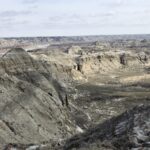

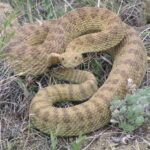
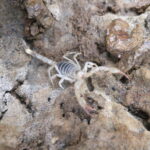
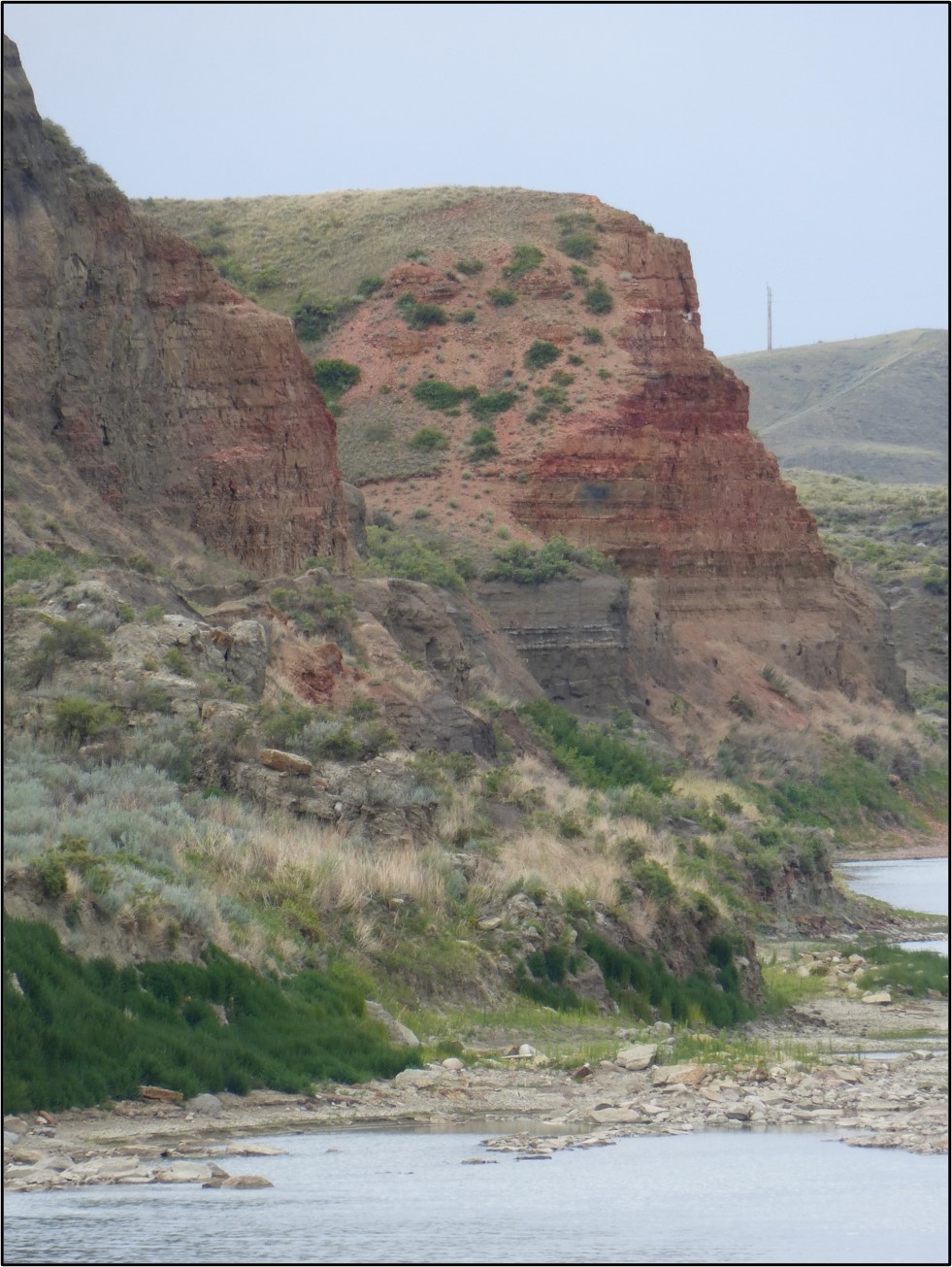
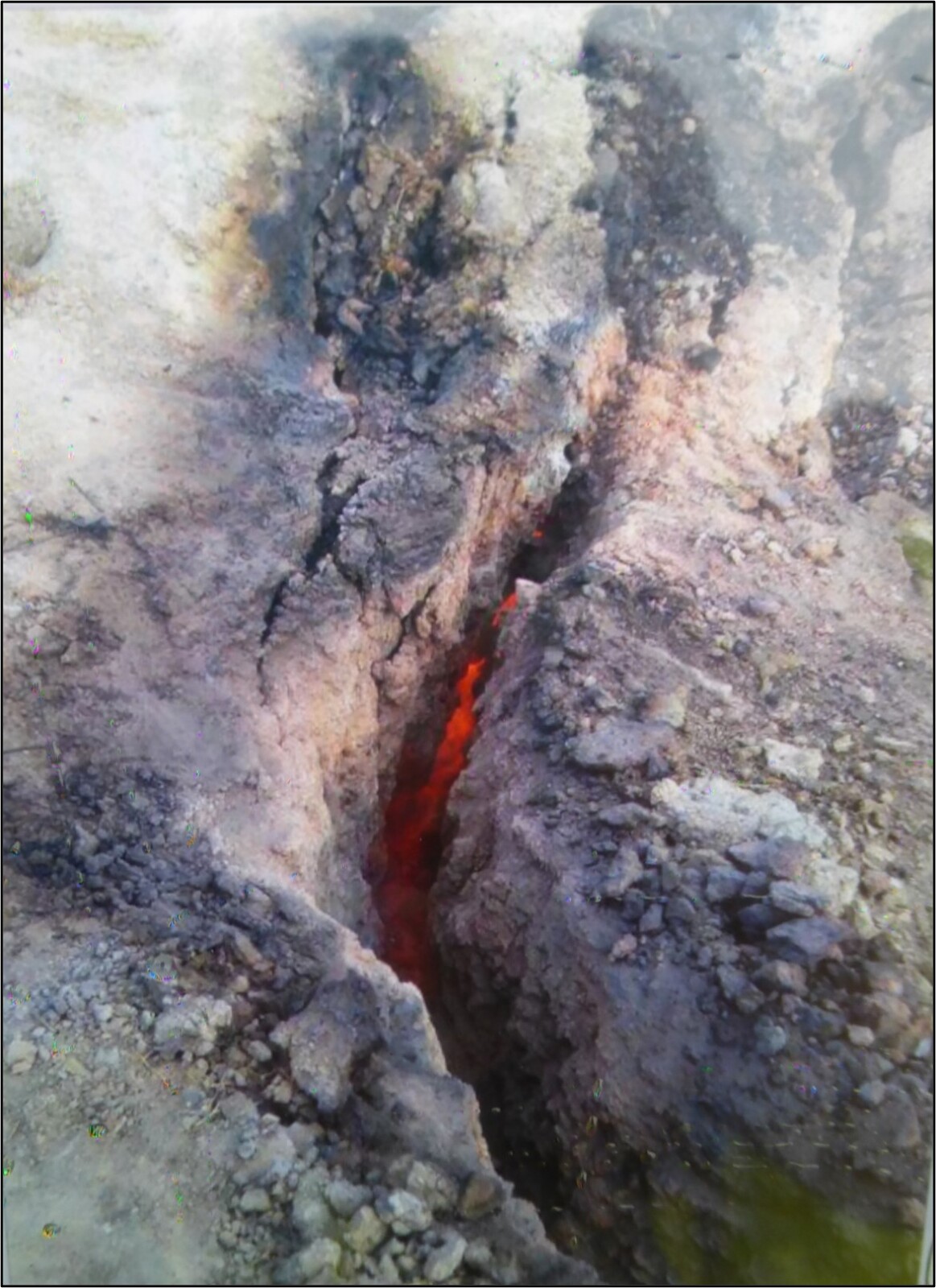
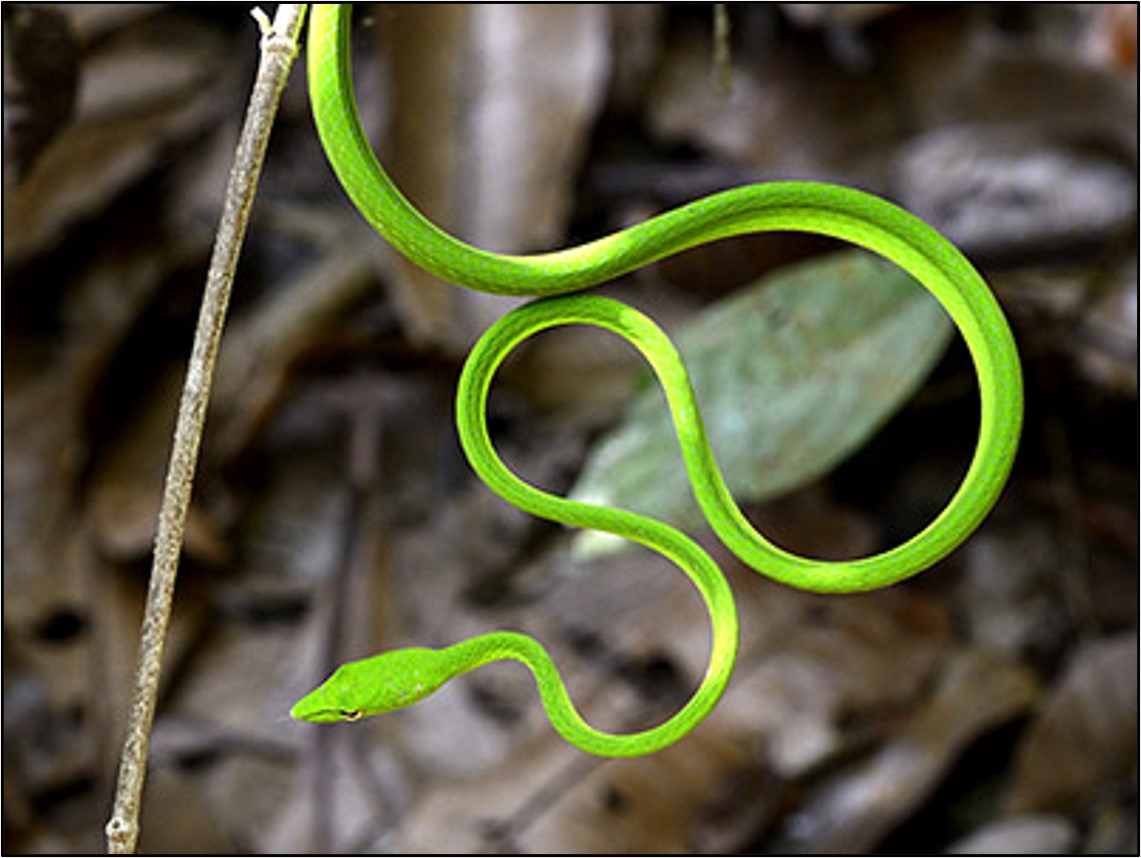
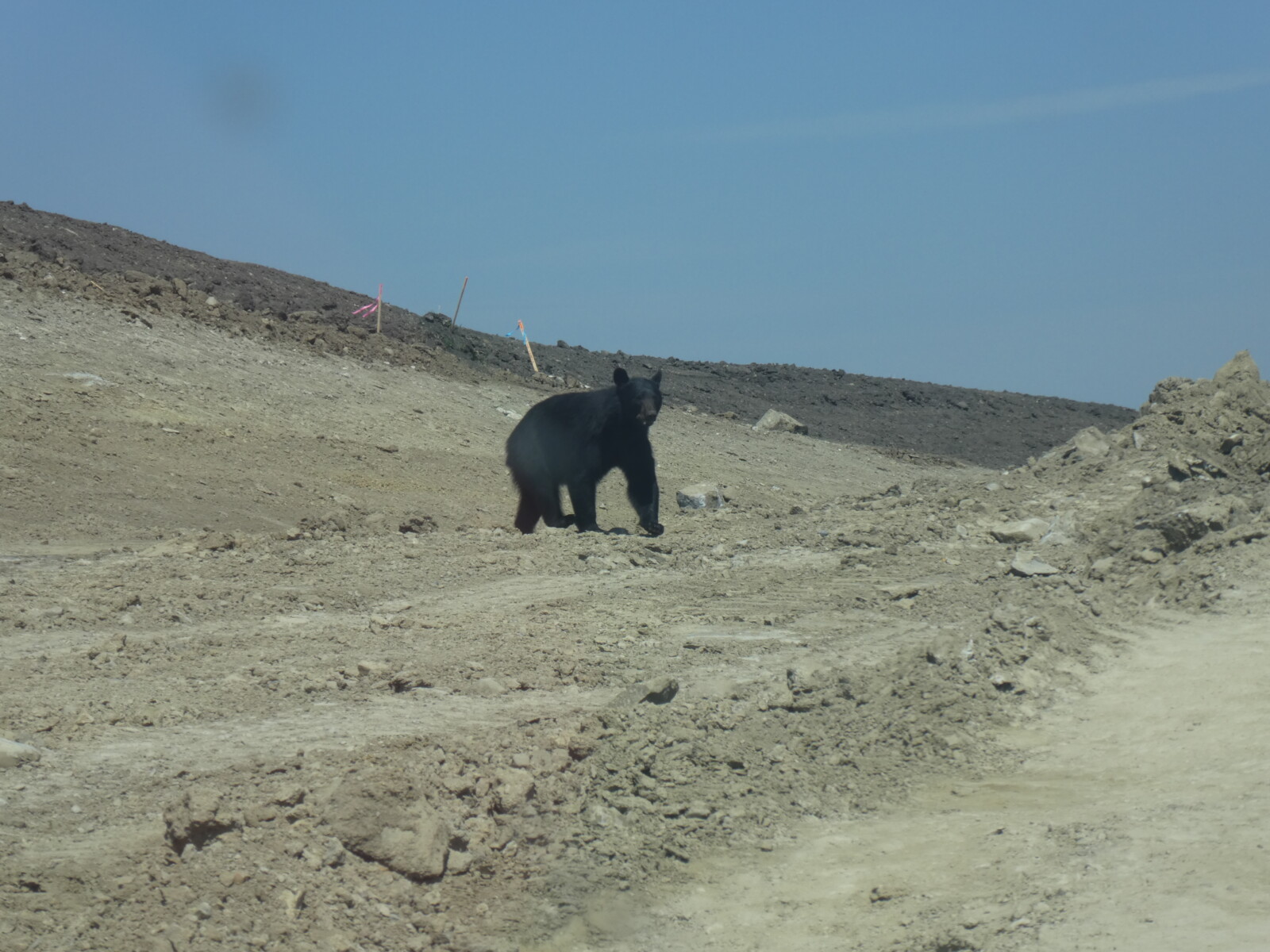
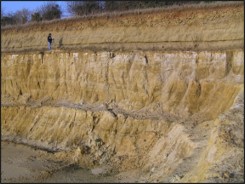

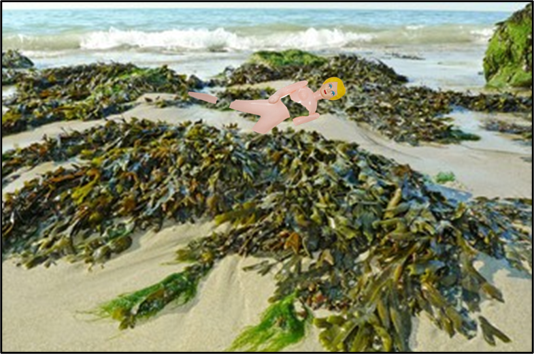

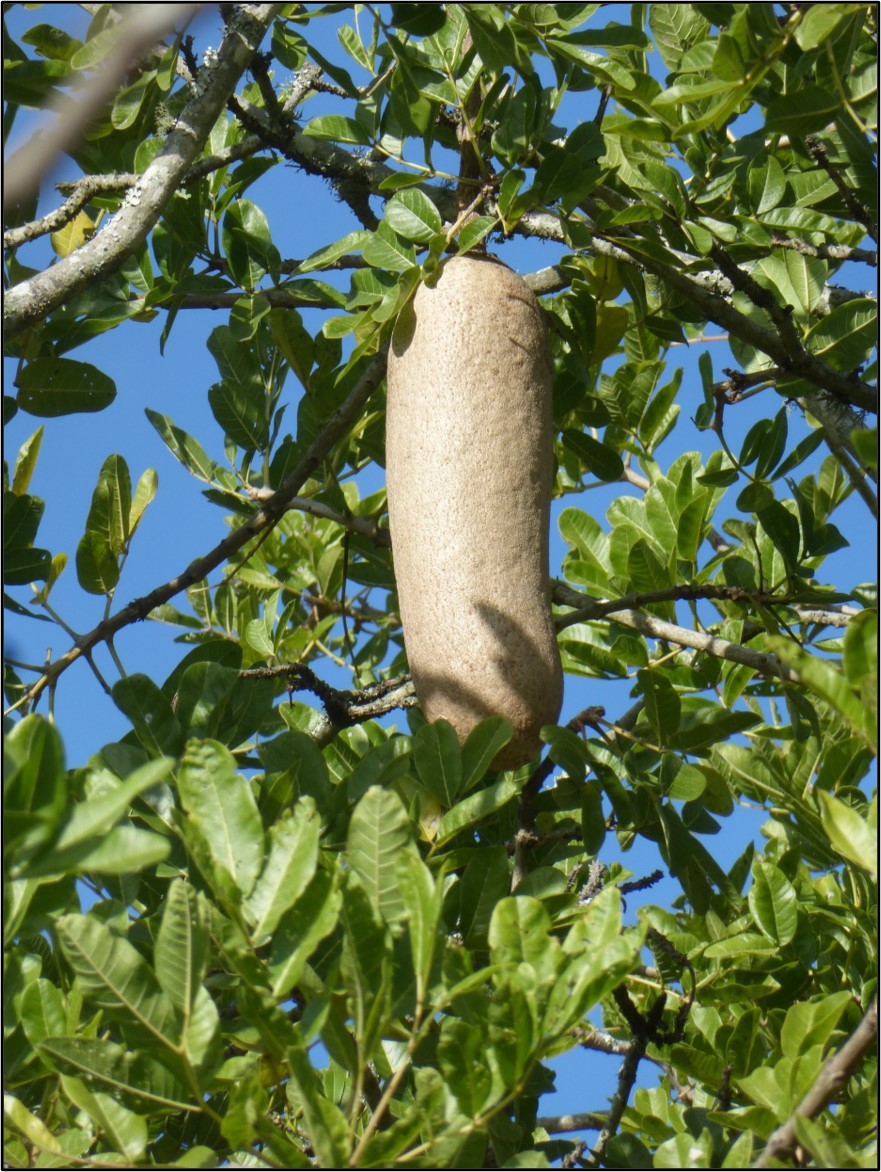
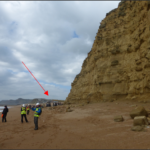


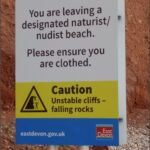

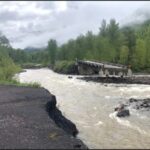
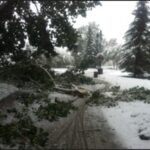

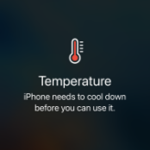
Telkom University
What were the immediate consequences of the flood mentioned in the article?
Jon Noad
The 2013 Flood was a huge event and 100,000 people had to be evacuated from their homes in the region around Calgary. One person died (luckily it was not more) and it is estimated that the flood cost $5.6 Billion, the most expensive disaster in Canadian history. I wrote an article on the flood which I can send to you if you email me at jonnoad@hotmail.com
All the best
Jon